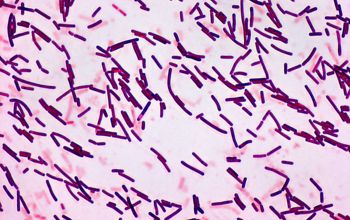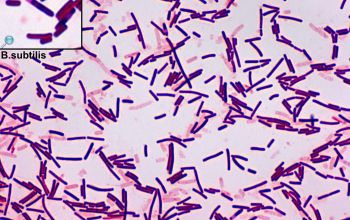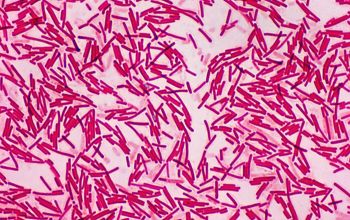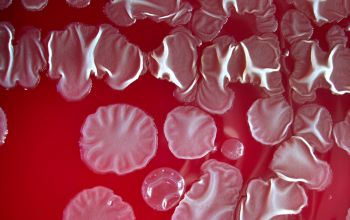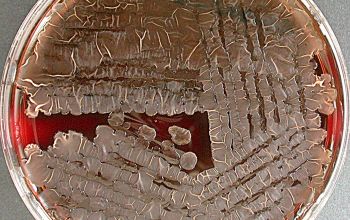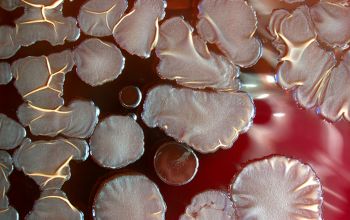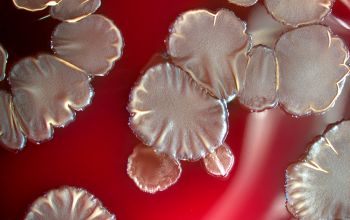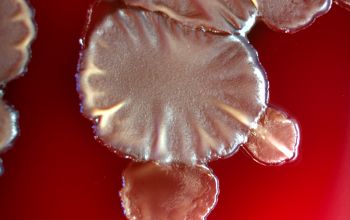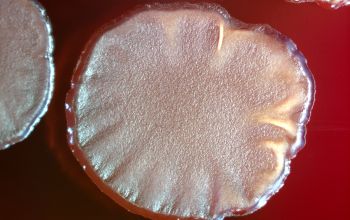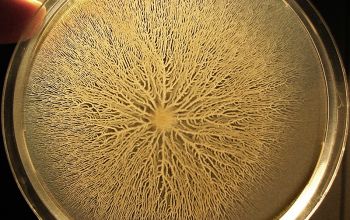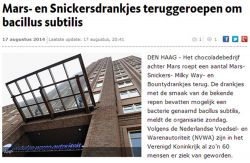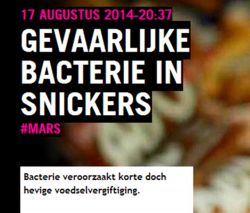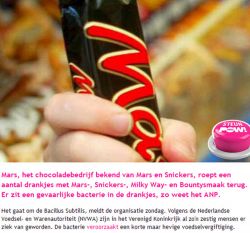Bacillus subtilis
-
General information
B.licheniformis, B. amyloliquefaciens, B.subtilis and B.pumilus comprise the subtilis group, which has been associated with food borne gastro-enteritis
Taxonomy
Family: Bacillaceae
Natural habitats
Spores are widely distributed in nature.
Clinical significance:
Bacillus subtilis is generally non-pathogenic, it can occasionally be associated with opportunistic infections, particularly in immunocompromised individuals.
It is also used in biotechnology for the production of enzymes and antibiotics.
However, in rare cases, it can cause wound infections, bacteremia, or respiratory infections in vulnerable patients.
-
Gram stain
Large Gram positive (variable) rods.
0.7-0.8 x 2.0-3.0 µm
Spore shape: ellipsoidal / cylindrical
Spore position: central, paracentral or sometimes subterminal
Sporangia swelling: negative
-
Culture characteristics
-
Obligate aerobic
BA: colonial morphology is large, flat, dull, frosted glass appearance, blistering after drying folding, can be β-hemolytic and may become cream colored or brown.
Colonial morphology is variable, within and between strains and may give the appearance of a mixed culture.
Pigments varying from cream to yellow, orange, pink and red, to brown or black (media with glucose)
BBAØ: no growth
Swarming
Bacillus subtilis were inoculated at the center of a dish with gelose containing nutrients.
The bacteria start mass-migrating outwards about twelve hours after inoculation, forming dendrites which reach the border of the dish (diameter 90mm) within a few hours. Two days after inoculation the number of bacteria has increased so much that they diffuse light significantly and appear white.
-
-
Characteristics
-
References
James Versalovic et al.(2011) Manual of Clinical Microbiology 10th Edition
Karen C. Carrol et al (2019) Manual of Clinical Microbiology, 12th Edition

